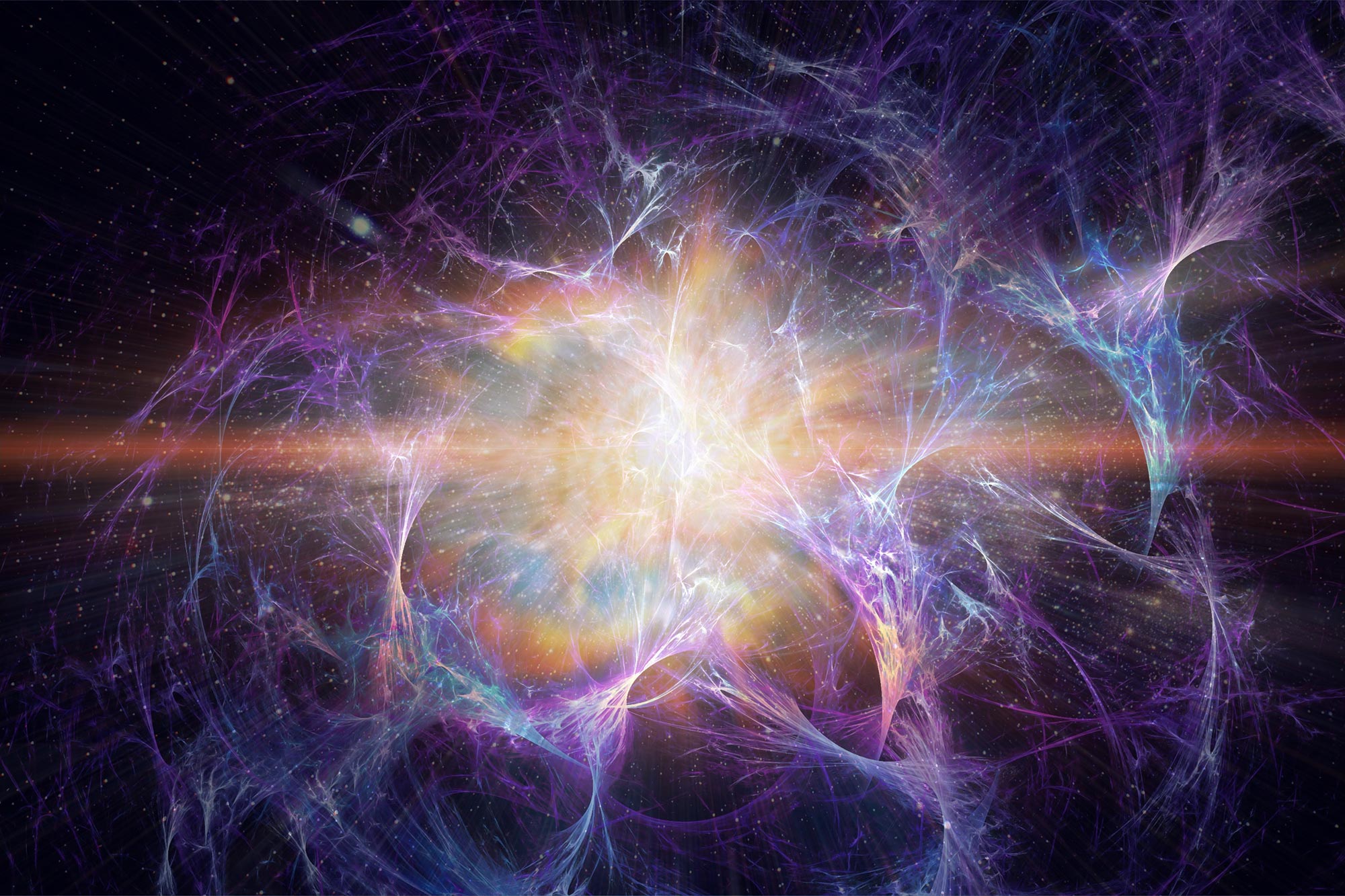A recent study from the ARC Centre of Excellence for Dark Matter Particle Physics suggests that neutron stars could play a crucial role in understanding dark matter. The study found that dark matter particles, when colliding within neutron stars, can quickly heat these stars, potentially making them observable through future astronomical technologies. This rapid heating process, previously thought to take longer than the universe’s age, now appears achievable within days, providing a new method to study dark matter’s interactions with regular matter.
Recent research indicates that neutron stars might quickly heat up due to dark matter collisions, offering a new way to detect and study dark matter.
Scientists may be one step closer to unraveling one of the universe’s greatest mysteries. Their recent calculations suggest that neutron stars could play a crucial role in shedding light on the mysterious dark matter.
In a paper published in The Journal of Cosmology and Astroparticle Physics, physicists from the ARC Centre of Excellence for Dark Matter Particle Physics, led by the University of Melbourne, calculated that energy transferred when dark matter particles collide and annihilate inside cold dead neutron stars can heat the stars up very quickly.
It was previously thought that this energy transfer could take a very long time, in some cases, longer than the age of the universe itself, rendering this heating irrelevant.
Professor Nicole Bell of the University of Melbourne said the new calculations show for the first time that most of the energy would be deposited in just a few days.
“The search for dark matter is one of the greatest detective stories in science. Dark matter makes up 85 percent of the matter in our universe, yet we can’t see it. Dark matter doesn’t interact with light – it doesn’t absorb light, it doesn’t reflect light, it doesn’t emit light. This means our telescopes can’t directly observe it, even though we know it exists. Instead, its gravitational pull on objects we can see tells us it must be there.
“It is one thing to theoretically predict dark matter, but it is another thing to experimentally observe it. Experiments on Earth are limited by the technical challenges of making sufficiently large detectors. However, neutron stars act as huge natural dark matter detectors, which have been collecting dark matter for astronomically long timescales, so they are a good place for us to concentrate our efforts,” Professor Bell said.
The Role of Neutron Stars in Dark Matter Detection
Neutron stars are formed when a supermassive star runs out of fuel and collapses. They have a mass similar to that of our Sun, squeezed into a ball just 20km wide. Any denser, they would become black holes.
“While dark matter is the dominant type of matter in the Universe, it is very hard to detect because its interactions with ordinary matter are very weak. So weak, in fact, that dark matter can pass straight through the Earth, or even through the Sun.
“But neutron stars are different – they are so dense that dark matter particles are much more likely to interact with the star. If dark matter particles do collide with neutrons in the star, they will lose energy and become trapped. Over time, this would lead to an accumulation of dark matter in the star,” Professor Bell said.
University of Melbourne PhD candidate Michael Virgato said this is expected to heat up old, cold, neutron stars to a level that may be in reach of future observations, or even trigger the collapse of the star to a black hole.
“If the energy transfer happens quickly enough, the neutron star would be heated up. For this to happen, the dark matter must undergo many collisions in the star, transferring more and more of the dark matter’s energy until, eventually, all the energy has been deposited in the star,” Mr. Virgato said.
It’s previously been unknown how long this process would take because, as the energy of the dark matter particles becomes smaller and smaller, they are less and less likely to interact again. As a result, transferring all the energy was thought to take a very long time – sometimes longer than the age of the universe. Instead, the researchers calculated that 99% of the energy is transferred in just a few days.
“This is good news because it means that dark matter can heat neutron stars to a level that can potentially be detected. As a result, the observation of a cold neutron star would provide vital information about the interactions between dark and regular matter, shedding light on the nature of this elusive substance.
“If we are to understand dark matter – which is everywhere – it is critical that we use every technique at our disposal to figure out what the hidden matter of our universe actually is,” Mr. Virgato said.
Reference: “Thermalization and annihilation of dark matter in neutron stars” by Nicole F. Bell, Giorgio Busoni, Sandra Robles and Michael Virgato, 3 April 2024, Journal of Cosmology and Astroparticle Physics.
DOI: 10.1088/1475-7516/2024/04/006
This research was conducted by a team of international experts at the ARC Centre of Excellence for Dark Matter Particle Physics, including Professor Nicole Bell and Michael Virgato from the University of Melbourne, Dr. Giorgio Busoni from the Australian National University and Dr. Sandra Robles from Fermi National Accelerator Laboratory, USA.

Dr. Thomas Hughes is a UK-based scientist and science communicator who makes complex topics accessible to readers. His articles explore breakthroughs in various scientific disciplines, from space exploration to cutting-edge research.








